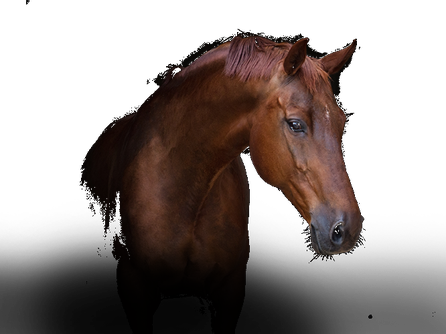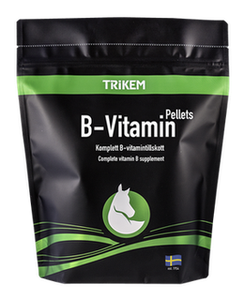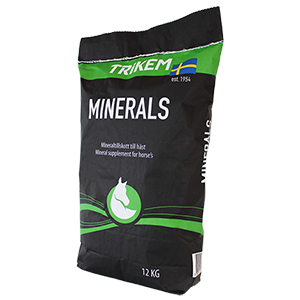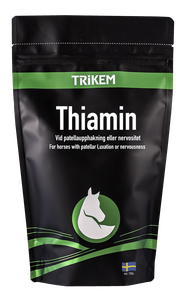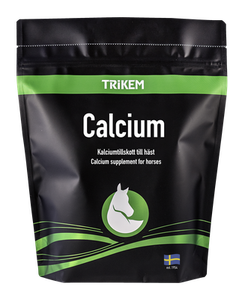Minerals and Vitamins
All horses have a nutritional need, and this need is based on body weight, the work the horse performs, and individual conditions. The nutritional needs refer to energy and protein as the main components of the feeding plan, but the horse's need for micronutrients is also included.
Micronutrients include minerals and vitamins, which the horse needs daily to function properly. Long-term deficiencies in minerals or vitamins can have devastating consequences, especially for the younger, growing horse.

What do micronutrients do in the body?
For humans, it is well-known that iron deficiency makes us tired. We become tired because iron plays a crucial role in the production of hemoglobin in the blood, which is responsible for transporting oxygen throughout the body. We know that micronutrients are important for us, yet it is easy to forget that our horses also need their nutritional needs met. Many believe that horses meet their micronutrient needs through forage, but unfortunately, this is not the case. Some minerals can be covered through forage, but not all.
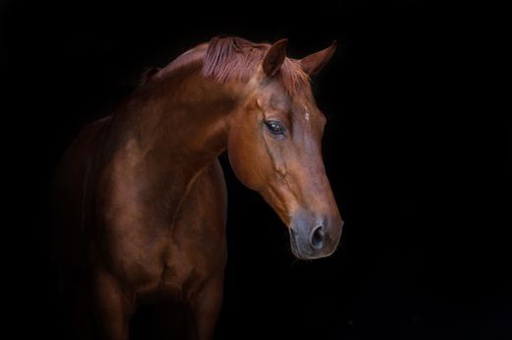
Minerals
Macrominerals include calcium, phosphorus, magnesium, sodium, potassium, and sulfur. These minerals need to be consumed in relatively large amounts by horses, and the daily intake is calculated in grams per day.
Microminerals are sometimes called trace elements, and when calculating a feeding plan, the focus is primarily on iron, copper, manganese, zinc, iodine, cobalt, and selenium. Microminerals are needed in smaller amounts, and the intake is calculated in milligrams per day.
Minerals should be fed in the correct amounts, as overdosing on minerals can be directly dangerous and cause poisoning in the body. Minerals should also be fed in the correct balance relative to each other to function properly in the body. Incorrect balances between minerals can have the same effect as a deficiency. This is referred to as mineral ratios, and they should be kept within certain ranges for proper utilization in the body.
Mineral ratios
An appropriate Ca/P ratio ranges between 1.2 and 1.8.
Vitamins
Vitamins are also divided into two groups: water-soluble and fat-soluble. Fat-soluble vitamins can be stored in the body, in fat tissue, and utilized when dietary intake is insufficient. This also means they can be overdosed and cause toxicity in the body.
The fat-soluble vitamins include A, D, E, and K. Vitamin K is produced by microbes in the large intestine, and vitamin D is partly produced in the skin when exposed to sunlight. The other fat-soluble vitamins must be supplied through the diet.
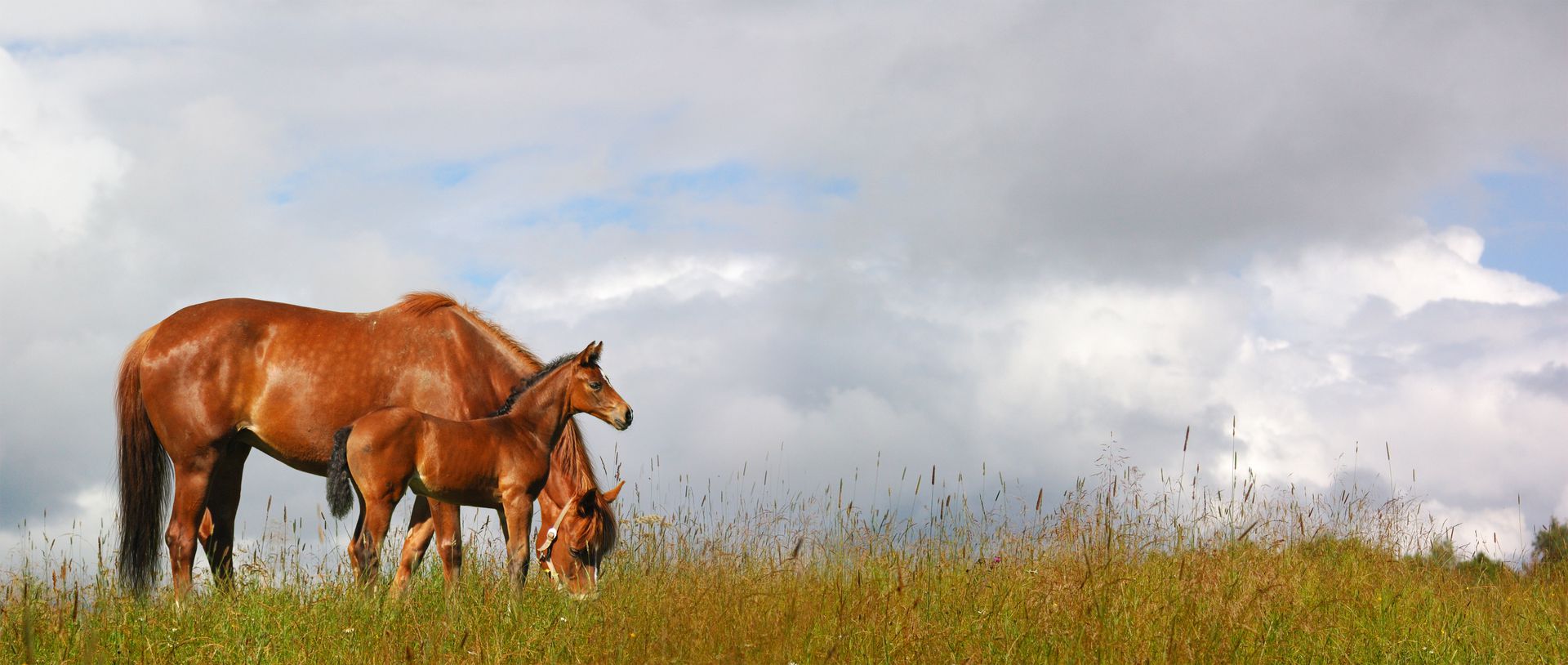
An excess of water-soluble vitamins is harmless to the horse, and any surplus will be broken down and excreted in the urine. Examples of water-soluble vitamins are B and C vitamins. Both B and C vitamins are produced in the horse's gut, provided it eats enough forage and has a well-functioning gut microbiome. Since the horse cannot store water-soluble vitamins in the body, these must be provided daily
Would you like to read more about the function of vitamins in the body?


